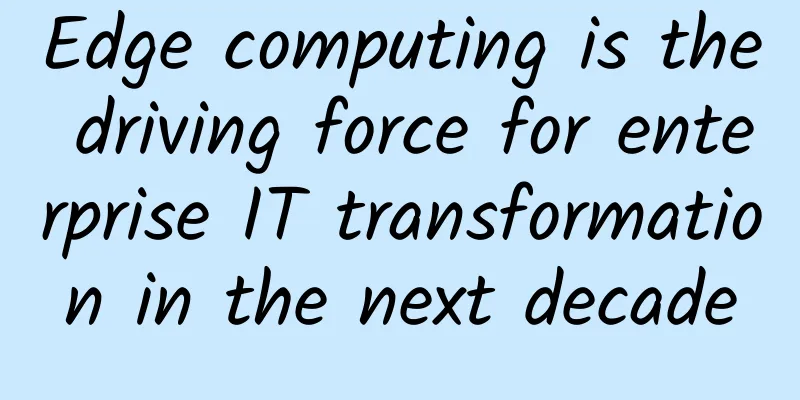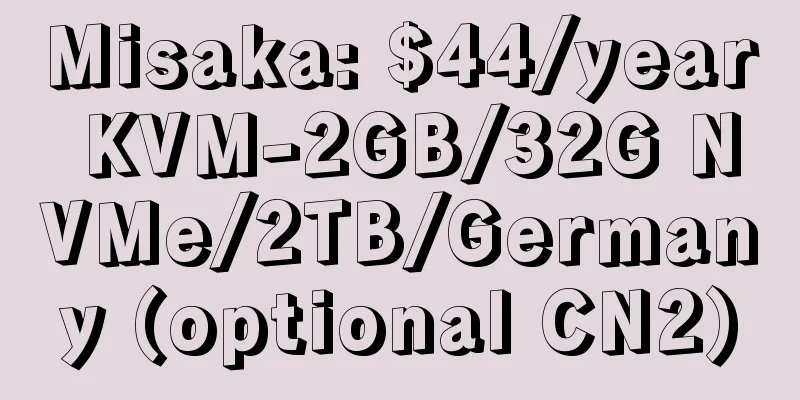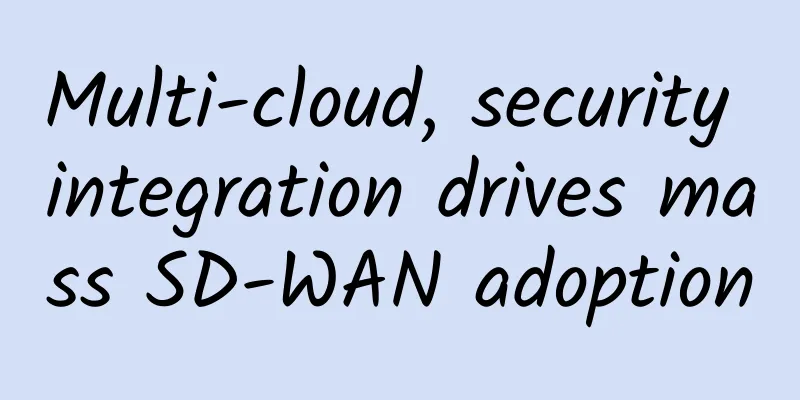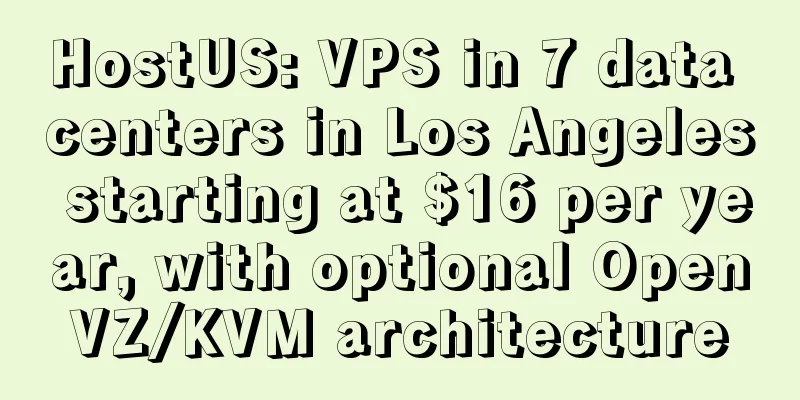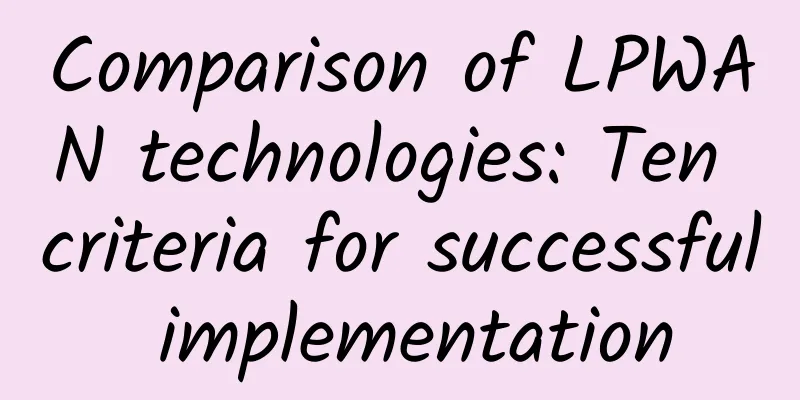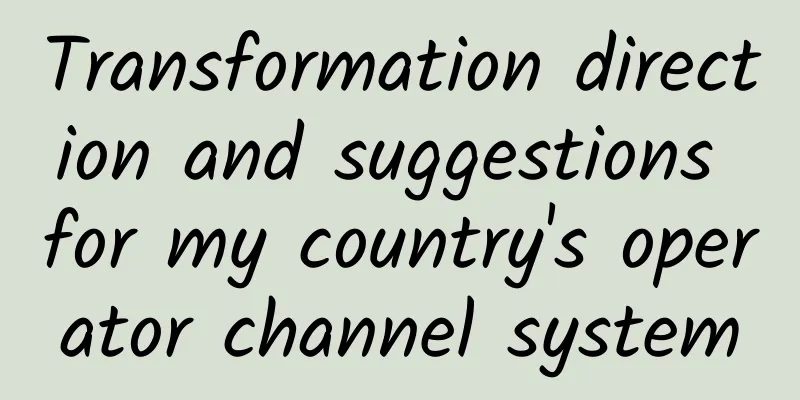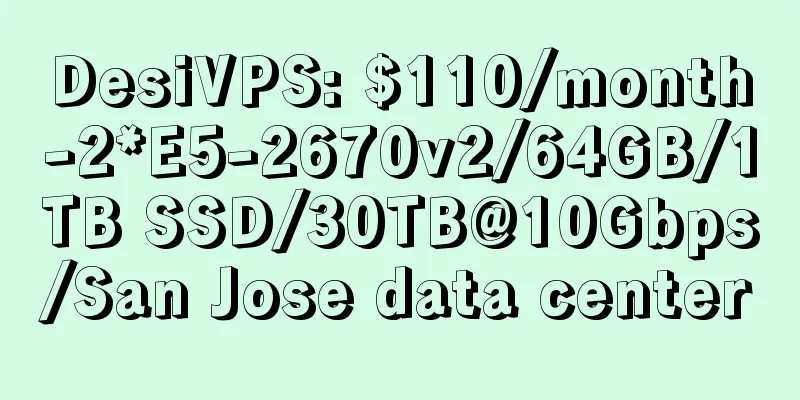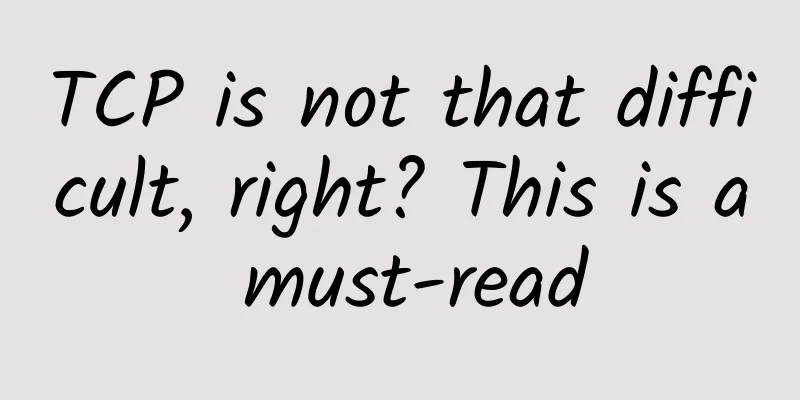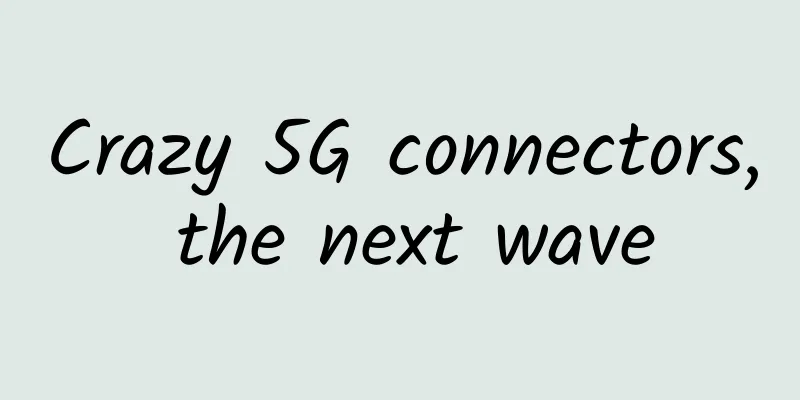What? 5G early packages are released

|
The future is coming, and 5G is expected to be an indispensable communication technology for realizing a new society. We are on the verge of a major technological shift, which will lead to disruptive social changes. It is one of the few technologies in history that can change various industries, redefine work, improve living standards, and have a profound and lasting impact on economic growth. 5G will be a special generation that will change the world more profoundly than 3G and 4G, and will be as revolutionary as electricity or cars, benefiting the entire economy and society as a whole. The first version of the 5G standard was released in June 2018, but the full version of 5G will have to wait until 2020. The early commercial use of 5G may be disappointing, and 5G has not changed the world before 2020. 5G before 2020 is more like an enhanced version of 4G with a higher speed, so what will the early packages of 5G look like? Future trends of the 5G market According to GSMA Intelligence, there will be 1.36 billion 5G mobile connections by 2025, accounting for 15% of total mobile network connections. China will become the largest 5G market, more than twice the size of the US market, but 5G penetration may not be as high as in other markets. Global mobile connection share by network Number of 5G mobile users and penetration rate Domestic operators will start pre-commercial use in 2019, and major mobile phone manufacturers will also launch 5G smartphones in 2019. Consumers will undoubtedly be able to experience 5G networks in 2019. Now "5G***" commercial package News about the first 5G wireless call, the first 5G commercial network, the first 5G smartphone, and other "5G firsts" continue to emerge. Major operators and equipment manufacturers around the world are scrambling for the so-called "5G first", each with their own claims. 5G is a marketing gimmick used to describe the network they hope to create, but the 5G network itself has not yet arrived. Let's first take a look at the commercialization of those self-proclaimed "5G firsts". 1. Verizon's first 5G fixed network In October 2018, Verizon launched the world's first commercial 5G fixed wireless broadband service, Verizon 5G Home, in parts of Houston, Indianapolis, Los Angeles and Sacramento in the United States. The "5G Home" service provides a download rate of 300 Mbit/s and a peak speed of nearly 1 Gbit/s. Verizon mobile customers need to pay a monthly service fee of US$50, while non-Verizon mobile customers need to pay US$70. Consumers will get three months of free Verizon 5G Home in the early stages of the promotion, as well as three months of free YouTube TV, and a free Apple TV 4K (worth $180) or a free Google Chromecast Ultra (worth $70). Analysts predict that Verizon will achieve a penetration rate of about 10% or about 1 million customers within the first year. Verizon 5G Home is used to replace the current wired broadband service. The package price of "5G Home" is charged by speed, with unlimited traffic, which is similar to the existing wired broadband package price. 5G fixed wireless broadband is a better way to enter the 5G market, and consumers are willing to accept higher-speed fixed broadband. 2. Finland's Elisa's first 5G quasi-package Finland's Elisa is the second operator to announce the launch of the "world's first" 5G network. Qatar's Ooredoo announced the "world's first" 5G network long before Elisa. The difference is that Elisa launched a 5G standard package. Elisa's 5G package is about 50 euros, providing a large amount of data and a download speed of 600Mbit/s, but there are no compatible terminals available, that is, its users cannot use the 5G network at present. Finland Elisa quasi-5G package price Finland Elisa rate plan rates The characteristic of Finland's Elisa package is that it is priced by segmented rate, and the traffic is truly unlimited. There is no maximum limit in the region, and no speed reduction after reaching the limit. Users only perceive the network speed, but not the network standard behind it. Elisa has no worries in launching 5G packages. It only needs to add a higher speed level to the existing package system. Finland's Elisa has achieved truly unlimited data usage in a certain area, similar to our unlimited data usage in the province, but the EU still limits the maximum usage, similar to our unlimited data usage in China. In addition to pricing by speed, Elisa also prices by data capacity. The above “***” may not be the real “***”, but it can also serve as a reference for the real “***” standard 5G network in the future. 5G product package forecast 4G has been widely used in the domestic market with unlimited data, even conditional unlimited data. 5G will continue to provide unlimited data, which may be truly unconditional unlimited data. When the package is truly unlimited, how should the operator charge users? 1. Changes in 5G charging models: Service differentiation leads to diversified charging models 5G will change the traditional charging model and bring about new business models. In the traditional model, operators provide customers with mostly undifferentiated standardized "mobile broadband" services, which are mainly based on subscription "minutes and data" packages or per-device charges based on data usage. 5G business model transformation The new charging model will be priced based on the specific characteristics of the service. Operators implement technologies such as NFV/SDN and network slicing in 5G networks, which can provide customers with a variety of differentiated services and build a variety of charging models. Operators offer different "services" depending on whether customers want low latency and high data throughput, or services that support thousands of devices connecting at the same time. The expansion of demand for 5G will come from a large number of specialized applications across many vertical economic sectors, and charging models will need to become more sophisticated as pricing will need to match the specific characteristics of the services provided, which means charging additional fees for certain services or using very different charging models. The new charging model will bring more B2B2C payment methods. Operators can provide customized network connection services according to various customer needs and provide the most personalized services. This requires the introduction of third-party intermediaries to support services. Intermediaries can be VR platforms, game platforms, IOT platforms, etc. Users can purchase network fees from operators through B2C and then purchase services from intermediaries. They can also purchase integrated services directly from intermediaries through B2B2C, and the services will be bundled with the network. 2. Changes in 5G package structure: introduction of service features such as speed and network latency 5G products will not be a continuation of previous generations of networks, but will usher in a new package structure. Package content is no longer limited to voice, traffic, and information, and will introduce service feature elements including speed and network latency. Users will no longer pay based on usage, but based on the speed and service level. (1) Rate billing: “rate + traffic” and “rate + content” The pure speed-based billing model is not unfamiliar. Cable broadband has long implemented different charges for different speeds. Currently, operators in a few countries have also launched pure speed-based billing for mobile services, such as Finland's Elisa, DNA and Swisscom. For most countries or regions, pure rate billing still needs a transition process. There is still a big gap between the existing packages of operators and pure rate packages. Pure rate packages can only be very expensive packages. Operators need to attract users to migrate. They can try to provide a "rate + traffic" payment method in the early stage of commercial use. Different rates correspond to different capacities, and attract users to migrate through high rates and large capacities. As time goes by, business models such as AR/VR gradually mature, and operators can add 5G exclusive content to promote "rate + content" to achieve differentiated tariffs. (2) Service-level billing: 5G packages will be hidden in specific services 5G exclusive services, such as low-latency related application services, need to add service levels to achieve differentiated charges, and the speed of response becomes the main basis for charging: faster response charges higher, slower response charges lower. This package may be bundled with specific services for sale, and users only need to purchase the corresponding services without having to think about what package is behind it. Users who purchase VR equipment, smart watches, etc. can enjoy free data for life. 3. Changes in 5G package prices: High speed will not lead to significant price increases 5G will go through the same network development cycle, including the early commercialization, growth, maturity, and decline. The charges for 5G in the early commercialization will exceed those for 4G, so telecom operators can differentiate between different services. As time goes by, operators will lower 5G charges to the current 4G charge level, and 5G will be widely popularized. As the overall trend of mobile communication charges is a volatile decline, the overall charges for 5G in the future will be lower than those for 4G. The evolution of different network tariffs It is impossible to significantly increase the price of 5G high speed. Consumers will buy higher speed and more expensive fixed broadband for 4K video, but will not pay for high speed and more expensive mobile broadband. 4K video cannot be fully experienced on mobile screens, so consumers will choose existing 4G packages as a second choice. In the early stage of 5G commercial use, 5G tariffs will exceed 4G, but will not be too high. As 5G-specific applications such as AR/VR mature and become popular, consumers may pay more expensive packages for higher speeds to experience unique 5G services. summary At the beginning of 4G adoption, no one could predict the new business models that would grow behind mobile broadband, such as shared services, streaming media, and social applications. Before 5G is truly popularized, there are still various possibilities for exploring 5G business models. 5G packages may be completely different from current packages, and pure service payment, advertising payment, and other models may become mainstream. |
<<: What else does 5G have besides being fast?
Recommend
Cloud, network and security integration builds the foundation for digital transformation
On September 27, the 2021 China International Inf...
Enterprises struggle to keep up with security and compliance when it comes to collaboration tools
Theta Lake, an AI solutions provider, surveyed 10...
I strongly oppose passing data between services through cache!
[[408610]] The movement of data requires a carrie...
How to choose an application performance management tool? Master four basic principles
Imagine going to the doctor for a sore throat. Th...
Riverbed China Survey: There is a huge gap between digital vision and digital performance
[Beijing, July 3, 2018] Digital performance compa...
ExtraVM 30% off, AMD Ryzen+NVMe+1Gbps unlimited traffic, multiple computer rooms in Los Angeles and other places
ExtraVM recently launched a promotion on WHT, off...
China will soon become the global center of artificial intelligence technology
What role will China's artificial intelligenc...
How Apple's iCloud Private Relay powers enterprise VPNs
Apple's iCloud Private Relay service offers p...
What new developments have occurred in the 5G field in the first half of 2022?
On June 6, 2022, as 5G licenses were issued for t...
Credit card fraud empire: Black industry pours into consumer finance and earns millions of dollars a month
[[188862]] In the past two years, consumer financ...
Using DDC to build AI networks? This may just be a beautiful illusion
ChatGPT, AIGC, big models... a series of dazzling...
517 World Telecommunication Day Conference is about to open: three highlights to boost 5G
The "2019 World Telecommunication and Inform...
The fourth largest operator enters the market, and the 5G market welcomes a new growth point
It has been three years since my country issued f...
Operators and Internet companies jointly promote customized SIM cards, not just a price war
In the competition among the three major telecom ...
How many base stations are there in the world? How many 5G base stations are there?
According to the latest statistics from Omdia, th...
